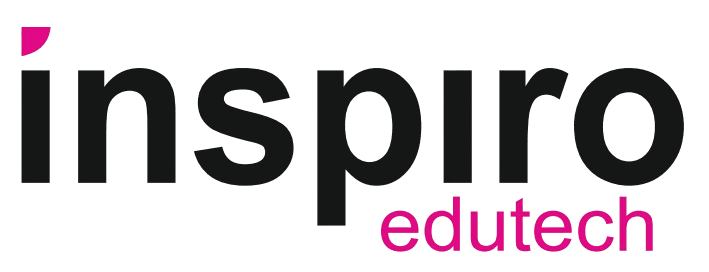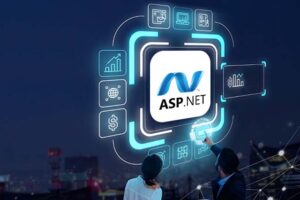How Programming Languages Integrate with Databases: A Complete Guide
- Posted by PV
- Categories Information Technology
- Date August 8, 2023
🧠 Blog: Programming Languages and Their Integration with Databases
In today’s fast-evolving tech world, programming languages and databases are the foundation of modern software development. The way these two elements interact defines how data is created, stored, retrieved, and analyzed. This guide explores the deep integration between various programming languages and databases, highlighting tools, frameworks, and use cases that enable efficient, scalable, and high-performing software applications.
📜 Historical Overview: From COBOL to Cloud
The evolution of programming languages and databases began with pioneers like COBOL and FORTRAN, which interfaced with flat-file and early relational systems. As software complexity grew, languages like C, C++, and Java emerged, offering powerful data-handling capabilities. These languages helped standardize Structured Query Language (SQL) for interacting with relational databases like Oracle, MySQL, and PostgreSQL.
🔗 Relational Databases and SQL Integration
Relational databases remain central to structured data management. Languages such as Java, Python, and C# use SQL for querying and manipulating data. Tools like Hibernate and SQLAlchemy (ORMs) help developers map objects to tables, bridging the gap between object-oriented programming and relational databases.
Key Use Case: A school management system written in Python using PostgreSQL for storing student and faculty records.
📦 NoSQL & Dynamic Languages
With the rise of unstructured data, NoSQL databases like MongoDB, Cassandra, and Redis have become mainstream. Dynamic languages such as JavaScript, Python, and Ruby integrate well with NoSQL systems due to their flexibility.
Real-World Example: JavaScript-based applications using Node.js and MongoDB to power scalable web applications and dashboards.
🧮 Functional Programming and Data Handling
Functional languages like Haskell, Scala, and Clojure offer strong support for immutability, concurrency, and data streams. Their functional paradigms simplify data transformations and analytics, especially in systems that process real-time data.
Example: A Scala-based big data pipeline connecting to Apache Cassandra for high-throughput read/write operations.
🌐 Web Development: Languages That Power the Internet
Modern web development relies on languages like PHP, JavaScript, Ruby, and Python. Frameworks such as Laravel, Express.js, Django, and Ruby on Rails make it easier to connect web applications to backend databases.
Use Case: An e-commerce website built in Laravel using MySQL to manage products, customers, and orders.
📊 Big Data, Parallelism, and Concurrency
Languages like Go, Erlang, and Julia are designed for concurrent and parallel processing, making them ideal for big data and distributed databases such as Hadoop or ClickHouse.
Example: Go applications managing large-scale log data across distributed storage systems.
⚙️ Compiled Languages: Performance Meets Database Power
Compiled languages like C++, Rust, and Go offer superior performance, especially for real-time or high-performance systems that need direct database interactions and low-latency processing.
Use Case: Rust-based financial apps interfacing directly with PostgreSQL for secure, high-speed transactions.
🧬 Domain-Specific Languages (DSLs)
DSLs like R (data science), MATLAB (scientific computing), and SQL (querying) are tightly integrated with specific database types. These languages optimize performance and usability within specialized fields.
Use Case: R and SQL used for data analysis in health analytics using structured healthcare databases.
📡 IoT and Embedded Systems Integration
IoT systems run on resource-constrained devices that rely on lightweight languages like C, Java, and Python, with embedded or edge databases like SQLite, InfluxDB, and TinyDB.
Example: A smart sensor system using Python and SQLite to store and transmit real-time temperature data.
🚀 Future Trends: What’s Next?
Emerging technologies like quantum computing, AI, and blockchain are shaping the future of programming language and database integration. New languages designed for these fields—like Solidity (blockchain) or Q# (quantum)—will define how data is stored, validated, and queried in the next decade.
🎓 Why It Matters in Education
For educational institutions and training centers like Inspiro Edutech, understanding the integration between programming languages and databases is critical. From managing student data to building full-stack web apps, the right combination ensures security, scalability, and performance.
🔚 Conclusion
The relationship between programming languages and databases is central to modern technology. Whether you’re working with web apps, data pipelines, IoT, or AI, understanding this integration enables better decisions and stronger applications. As tools and languages evolve, mastering these connections will remain key to future innovation.
🔗 References:
Let me know if you’d like this formatted for WordPress (with HTML headings or Gutenberg blocks), or need it exported as a PDF/blog post file.



